Workshops
Workshop 1: mm-wave/THz Integrated Beamforming Technologies
M1W.1, 09:30 – 10:10, Monday, 29-Aug
“Bi-Directional Doherty Phased-Array Transceiver for 5G and Beyond”
Prof. Kenichi Okada, Tokyo Institute of Technology, Japan
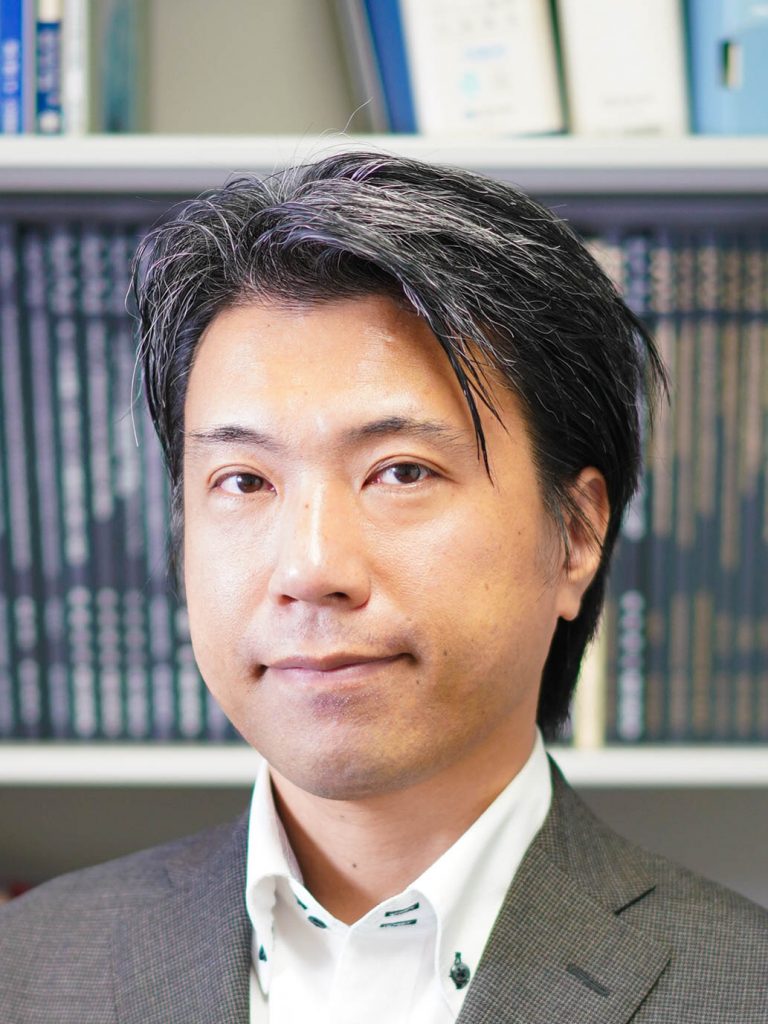
Abstract: In this presentation, a 39-GHz CMOS phased-array beamformer with the bi-directional Doherty PA-LNA will be presented. A compact layout design and DPD is required for applying Doherty frontend to the phased array. The DPD is effective for improving linearity while it suffers from PVT variation over the array elements. An inter-element mismatch compensation technique is introduced for improving the shared-LUT DPD performance over the PVT variations. A implementation results using 65nm CMOS will be introduced.
Bio: Prof. Kenichi Okada received the B.E., M.E., and Ph.D. degrees from Kyoto University, Kyoto, Japan, in 1998, 2000, and 2003, respectively. He joined Tokyo Institute of Technology in 2003, and he is now Professor. He has authored and co-authored more than 500 journal and conference papers. His current research interests include millimeter-wave/terahertz wireless transceiver, digital PLL, and ultra-low-power RF circuits. He has worked as a TPC member of ISSCC, VLSI Circuits, and ESSCIRC, RFIC Symposium, A-SSCC, Guest Editors and Associate Editor of JSSC and T-MTT, a Distinguished Lecturer of SSCS.
M1W.2, 10:10 – 10:50, Monday, 29-Aug
“Fast simultaneous calibration of integrated phased-array systems for 5G mm-Wave base station”
Dr. Aoki Yuuichi, Samsung Electronics, Korea
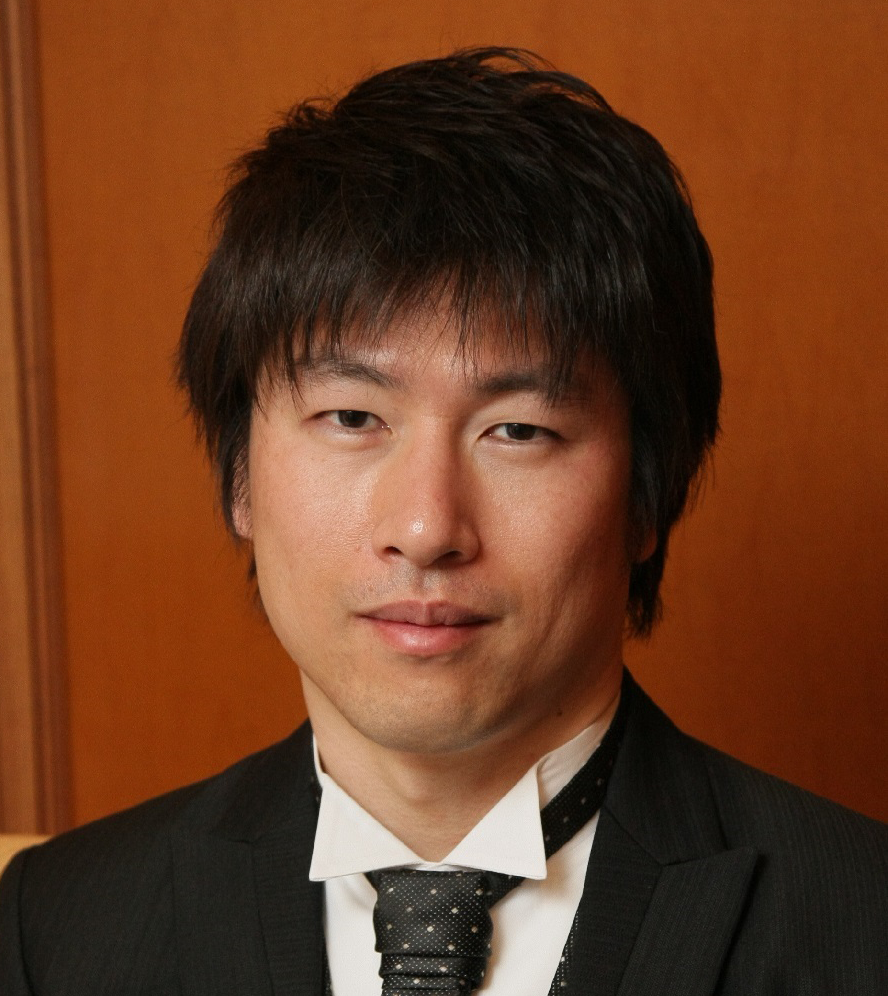
Abstract: The 5G network introduces the new frequency bands in millimeter-wave (mmWave) frequency. The short wavelength of mmWave allows the use of the phased-array antenna (PAA), which allocates a large number of antenna elements in a small area. PAA steers the direction of the beam in a real time by changing the phase electrically and creates a directional beam focusing onto a specific user device. Recent commercial mmWave base stations have more than 1000 antenna elements and they need a calibration to obtain optimum array performance. Therefore, the allowable calibration time per antenna is very short. In this lecture, a fast PAA calibration using an orthogonal code is introduced. The method can characterize all the array element simultaneously in a short time of measurement. Also, solutions to issues, e.g., the first row issue of Hadamard matrix, GPS synchronization issue, and a build-in-self-test configuration will be presented.
Bio: Yuuichi Aoki received the B.S. degree in electrical and computer engineering from Kanazawa University, Ishikawa, Japan, in 1996, and the M.S. degree in electrical and electronic engineering from Tokyo Institute of Technology, Tokyo, Japan, in 1998. He joined System Devices Research Laboratories of NEC Corporation in 1998 where he had been engaged in research and development of RFICs for wireless communications. He was an industrial resident in IMEC in 2005. He joined Communications Research Team of Samsung Electronics in 2011 where he is currently a principal engineer of Modem R&D group and has been engaged in research and development of RF and mmWave systems for 5G mobile communications. He has 20+ years of research experience and is a senior member of IEEE.
M1W.3, 11:10 – 11:50, Monday, 29-Aug
“mmWave Metasurface-in-Package (MiP) for Spatially Tailored 5G/6G Connectivity”
Prof. Jungsuek Oh, Seoul National University, Korea
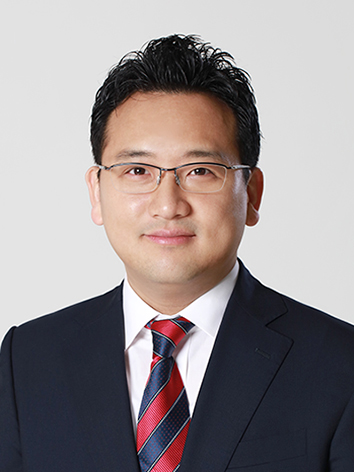
Abstract: In the advanced 5G/6G communications, extreme wide bandwidth and RF energy-efficient connectivity is expected to survive under the harsh conditions of considerable channel attenuation and components/packaging losses. Accordingly, the range of the dominant connectivity technology in the commercialization domain is being extended from the conventional stochastic channel establishment and guided-wave based antenna packages to Metasurface and reconfigurable intelligent surface(RIS) based spatially tailored channel establishment and antenna packages.
In this talk, background/motivation and concept of the mmWave Metasurfaces for 5G/6G communications will be introduced in terms of both component and system aspects. Then, several design examples and corresponding simulation/measurement results will be presented with the practical considerations such as fabrication process and integration scenarios.
Bio: Jungsuek Oh received his B.S. and M.S. degrees from Seoul National University, Korea, in 2002 and 2007, respectively, and a Ph.D. degree from the University of Michigan at Ann Arbor in 2012. From 2013 to 2015, he was a staff RF engineer with Samsung Research America, Dallas, working as a project leader for 5G/millimeter-wave antenna systems.
He is currently an Associate Professor in the Department of Electrical and Computer Engineering, Seoul National University, South Korea. His research areas include mmWave Metasurface/Lens beam focusing/shaping techniques, antenna/RF circuit miniaturization for integrated systems, and radio propagation modeling for complex scenarios. He is the recipient of the 2011 Rackham Predoctoral Fellowship Award, 2014 Samsung DMC Innovation Award, and 2018 SNU Creative-Pioneering Researcher Award. He has served as an Editor-in-Chief for JEES (SCIE) and an Associate Editor for MOTL (SCIE) and ICT Express (SCIE), and so on. He has served as a TPC member for numerous conferences such as IEEE AP-S/USNC-URSI, ISAP, and KIEES where his group has been awarded honorably. His group members were also awarded for Industry Best Paper Award from Samsung Electro-Mechanics and Samsung Research. He has been a senior member of IEEE since 2017.
M1W.4, 11:50 – 12:30, Monday, 29-Aug
“Phased Array for mm-wave 5G and 6G LEO Satellite Communications”
Dr. Jinseok Park, ETRI, Korea
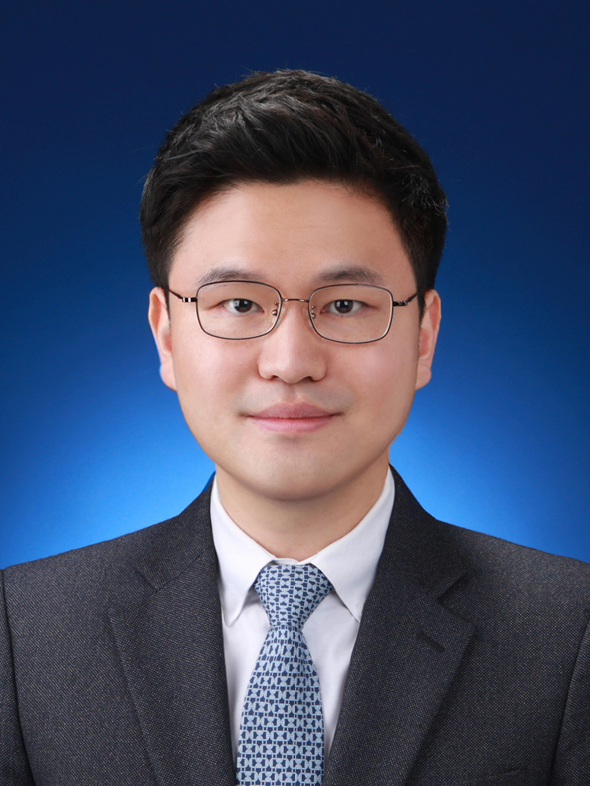
Abstract: Phased arrays have become a key technique in various fields. In particular, CMOS-based beamforming ICs have attracted much attention due to their high-level integration and low cost. In this talk, two CMOS beamforming front-end ICs for mmWave 5G and LEO satellite communications will be introduced.
The beamforming front-end IC must be both compact and power efficient. Also, high-resolution and high-accurate phase and gain controls are essential not only for controlling the beams precisely but also for error corrections. In addition, because digital predistortion linearization techniques of a PA are not easily applicable to the phased array system due to its multiple PAs and high bandwidth signals, analog linearization techniques must be adopted for CMOS PAs. As a solution for the challenges, a variable gain phase shifter (VGPS) using dual-vector synthesis technique is reported, which achieves an inherently orthogonal phase and gain controls in a single block. This greatly reduces chip size, power consumption, and calibration complexity. Also, an analog linearization technique, which improves both AM-AM and AM-PM distortion of a PA, is introduced. A scalable 64-element brick-type phased-array module based on 4-channel core chips with the VGPS and PA linearizer will be presented.
Bio: Jinseok Park received the M.S. and Ph.D. degrees in electrical engineering from Korea Advanced Institute of Science and Technology (KAIST), Daejeon, South Korea, in 2016 and 2021, respectively. He is currently a senior researcher with Electronics and Telecommunications Research Institute (ETRI), Daejeon, South Korea, where he is involved in the development of RFIC and phased-array systems for LEO satellite communication. His current research interests include millimeter-wave integrated circuits for next-generation satellite payloads, and phased-array systems for high-data-rate wireless communications. Dr. Park was a recipient of a Grand Prize in the 25th Human-Tech Paper Award hosted by Samsung Electronics in 2019, and a Prime Minister Award of the Republic of Korea in the Korea Semiconductor Design Competition in 2020. He holds over 20 patents related to phased-array systems and ICs. His research result was selected as one of Top Ten Innovative Patents of KAIST in 2017.
Workshop 2: RF Technologies for Emerging Biomedical Applications
M2W.1, 13:30 – 14:10, Monday, 29-Aug
“Magnetoelectrically Powered and Controlled Millimetric Bioelectronic Implants”
Prof. Kaiyuan Yang, Rice University, USA
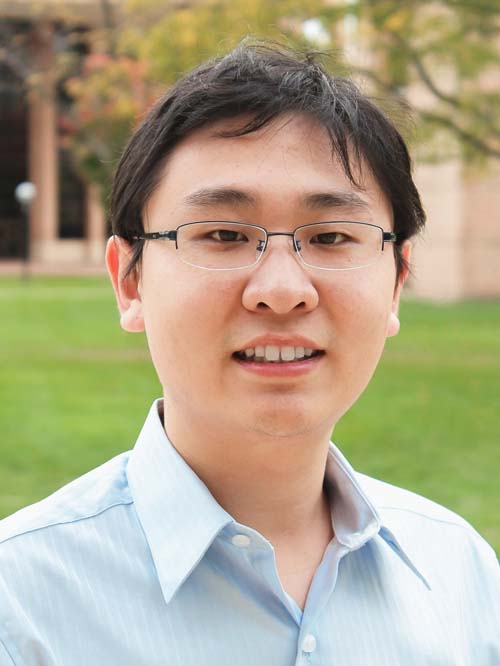
Abstract: Millimeter-scale bioelectronic implants promise transformative applications in medicine, health, and scientific research. This talk will focus on unconventional hardware challenges and solutions towards next generation biomedical implants with unprecedented power, volume, and wireless requirements. Specifically, I will introduce our latest progresses on building safe and reliable multi-site networked millimetric bio implants, including magnetoelectric wireless power transfer and communication, multi-access communication, PUF-based device addressing and security, and system integration and validation.
Bio: Kaiyuan Yang is currently an Assistant Professor of ECE at Rice University, USA. He received his B.S. degree in Electronic Engineering from Tsinghua University, China, in 2012, and his Ph.D. degree in Electrical Engineering from the University of Michigan, Ann Arbor, MI, in 2017. His research interests include digital and mixed-signal circuits for secure and intelligent microsystems, bioelectronics, and hardware security. Dr. Yang is a recipient of the 2022 National Science Foundation (NSF) CAREER award, 2016 IEEE Solid-State Circuits Society (SSCS) Predoctoral Achievement Award, and multiple best paper awards from top-tier conferences in various fields, including 2021 IEEE Custom Integrated Circuit Conference (CICC), 2016 IEEE Symposium on Security and Privacy (Oakland), 2015 IEEE International Symposium on Circuits and Systems (ISCAS), and the Best Student Paper Award finalist at 2022 RFIC and 2019 CICC.
M2W.2, 14:10 – 14:50, Monday, 29-Aug
“Body-Coupled Data and Power Transmission for Wireless Neural Implants”
Prof. Joonsung Bae, Kangwon National University, Korea
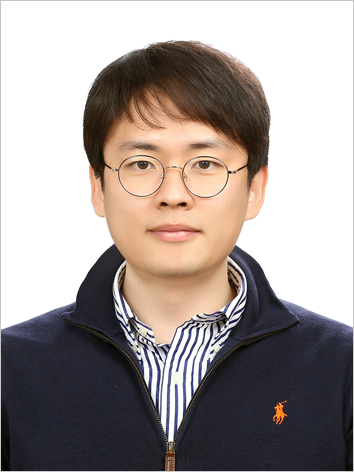
Abstract: Miniaturized neural implants for monitoring neurological disorders have been investigated as a promising alternative to the neural interface for patients. However, such implants rely on physical tethers to external hardware for data and power transmission, which not only causes tissue damage and infection but also hinders stablein-vivorecordings. To enable non-tethered implants, a key feature for the robust and high-fidelity neural interface, neural implants using various wireless technologies have been reported. However, the use of an inductive link imposes a stringent requirement on the alignments between coils with a limited transfer range. Optical and ultrasound telemetry suffer from attenuation from skull absorption, which requires surgically placed sub-cranial repeater or has only been demonstrated at low data rates (tens of kbps). Hence, they are limited to the short operation range and the susceptibility to orientation.
In contrast, body-coupled communication (BCC) and body-coupled power delivery have been reported for wearable devices, each of which uses the body as a data/power delivery channel. The unique property of body-coupled schemes does not require precise alignments between devices and still ensures data/power delivery. In this presentation, a miniaturized wireless neural implant is presented that uses both body-coupled data transmission and power delivery. The implant only needs small electrodes for data transmission and power delivery, and external devices with patch electrodes can be placed far away from the implant, e.g., in the back of the rat and this facilitates stable chronicin-vivorecordings in freely behaving animals.
Bio: Joonsung Bae graduated from the Electrical Engineering Department of Korea Advanced Institute of Science and Technology (KAIST), Daejeon, Korea, in 2007 and received the M.S. and Ph.D. degrees in electrical engineering from the KAIST in 2009 and 2013, respectively. His Ph.D. work concerned the Wireless Body Area Network (WBAN) circuits and systems.
Since 2017, he has been with the Department of Electrical and Electronics Engineering, Kangwon National University, where he is currently an Assistant Professor. From 2013 to 2014, he was with the Memory Business of Samsung Electronics, Korea, where he developed the SoC Design for the SSD (Solid-State Drive) and UFS (Universal Flash Storage). As a Senior Engineer, he designed the integrated circuits for PCI-Express 3.0 and M-PHY 3.0. In 2014, he joined the Information and Electronics Research Institute of KAIST as a Postdoctoral Researcher. Before joining Kangwon National University, he was an Analog Circuit Designer with IMEC, Belgium, where he investigated ultra-low-power biomedical circuits. His current research interests are energy-efficient mixed-signal circuits and systems, wireless neural interfaces, bio-medical integrated sensors, and body area networks.
M2W.3, 15:10 – 15:50, Monday, 29-Aug
“Smaller in Volume, Larger in Throughput: Wireless Solutions in Biomedical Application”
Dr. Minyoung Song, imec, Netherlands
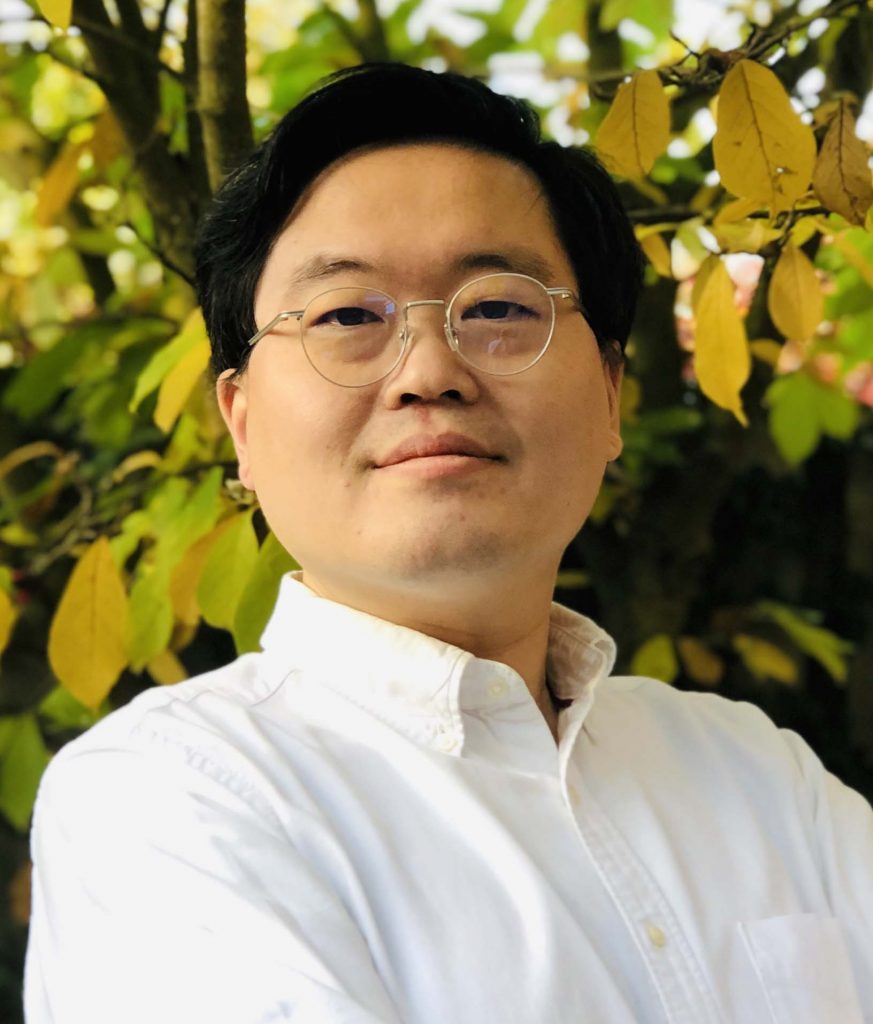
Abstract: By virtue of the rapid evolution of integrated circuit technologies in recent decades, the quality of services and equipment for biomedicine and healthcare has been dramatically improved. As a clear example, wireless medical implants reform existing medical treatment and diagnosis, in terms of patient comfort, safety, and flexibility. One of the technical trends in wireless medical implant design is miniaturization. It allows more freedom in implantation into the body, in terms of location, non-/less- invasiveness, etc. Such miniaturization is promising but still challenging in the wireless system. Another technical trend in the wireless implant is to facilitate the high data transfer while covering the longer communication range to convey more sensor data from the implant. This presentation discusses some of the technical challenges and future trends in miniaturization and the high data rate communication of wireless medical implants.
Bio: Minyoung Song is senior researcher at imec and has led analog frontend designs for ultra-low power wireless systems for automotive, IoT and biomedical applications. He has been with imec, since 2016, after working with Samsung Electronics. He has developed ultra-low-power wireless solutions for BLE, Wi-Fi, MedRadio, and UWB. He received the B.S. and Ph. D. degrees in electrical engineering from Korea University, Seoul, Korea, in 2006 and 2013, respectively. His current research interests are ultra-low-power wireless solutions for IoT/Biomedical applications, and frequency synthesizers/clock generators.
M2W.4, 15:50 – 16:30, Monday 29-Aug
“Wireless and Free Floating Micromotes for Chronic Neural Recording”
Prof. Taekwang Jang, ETH Zürich, Switzerland
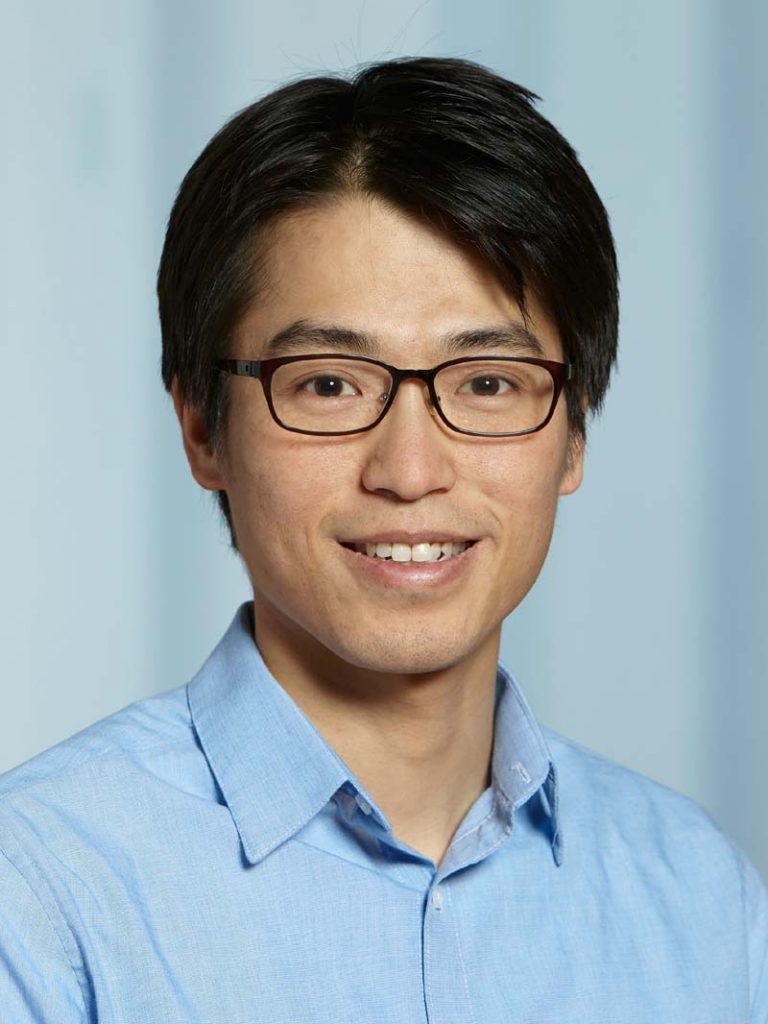
Abstract: Brain-machine interface (BMI) has the potential to treat many brain disorders and to restore motor function for people who are paralyzed or amputated. Promising system level implementations with high channel counts have been introduced to record and decode the complex neural signals. However, such implantable systems are typically tethered with an array of wires for power and data communications, increasing risks of tissue damage and infection and rendering these devices unsuitable for chronic neural recording.
To address this challenge, wireless and free floating micromotes have been proposed by adopting power and data telemetry through RF and infrared light. In this talk, based on the recent publications, I will introduce 200µm-scale neural recording integrated circuits for the motor-function restoration. An energy efficient neural amplifier, clock-and-data recovery circuits and random chip-ID generator are implemented for the ultra-low power signal acquisition and communication. The systems also include a neural feature extraction circuits to reduce the data bandwidth while achieving the state-of-the-art finger position decoding accuracy of 0.85 correlation factor.
Bio: Taekwang Jang is currently an assistant professor at the ETH Zürich, Switzerland. He received his B.S. and M.S. in electrical engineering from the Korea Advanced Institute of Science and Technology, Korea, in 2006 and 2008, respectively. From 2008 to 2013, he worked at Samsung Electronics Company Ltd., Yongin, Korea, focusing on mixed-signal circuit design, including analog and all-digital phase-locked loops for communication systems and mobile processors fabricated in 20-45nm CMOS processes. In 2017, he received his Ph.D. from the University of Michigan; his dissertation was titled “Circuit and System Designs for Millimeter-Scale IoT and Wireless Neural Recording.” After working as a post-doctoral research fellow at the University of Michigan for one year, he joined the ETH Zürich in 2018 as an assistant professor, and he is leading the Energy-Efficient Circuits and IoT Systems group. He is also a member of the Competence Center for Rehabilitation Engineering and Science and the chair of the IEEE Solid-State Circuits Society, Switzerland Chapter.
His research focuses on circuits and systems for highly energy-constrained applications such as wireless sensor nodes and biomedical interfaces. Essential building blocks such as a sensor interface, energy harvester, power converter, communication transceiver, frequency synthesizer, and data converters are his primary interests. He holds 14 patents and has (co)authored more than 60 peer-reviewed conferences and journal articles. He is the recipient of the 2021 IEEE ISSCC Jan Van Vessem Award for Outstanding European Paper and the 2009 IEEE CAS Guillemin-Cauer Best Paper Award. Since 2022, he has been a TPC member of the IEEE International Solid-State Circuits Conference (ISSCC), IMMD Subcommittee, and IEEE Asian Solid-State Circuits Conference (ASSCC), Analog Subcommittee. In addition, he served as the chair of the 2022 IEEE International Symposium on Radio-Frequency Integration Technology (RFIT), Frequency Generation Subcommittee.

